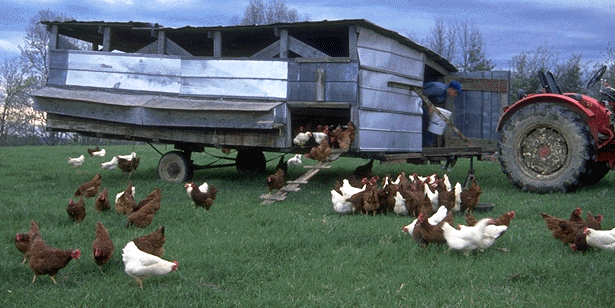Belasco describes two different fixes for our dilemma: the technological fix and the anthropological fix. The technological fix predicts that through engineering and research, we will continue to increase efficiency and production output to keep feeding the ever increasing population. Such things as genetic engineering and nanotechnology will likely play a major role in this fix. The anthropological fix goes in the complete opposite direction and redesigns people's values, not their technologies. It would mean the reverse of industrialization and moving back to relying on local farming and seasonal eating. Belasco notes that both fixes are extreme scenarios and the future will probably entail a mix of the two fixes.
Questions:
Is an anthropological fix even viable considering human nature, our desire to move forward, and our love of new technologies?
Who is to blame for all of these problems we face now?
How much longer do we have until these problems start to significantly affect our lives and we have to drastically change the way we live?

